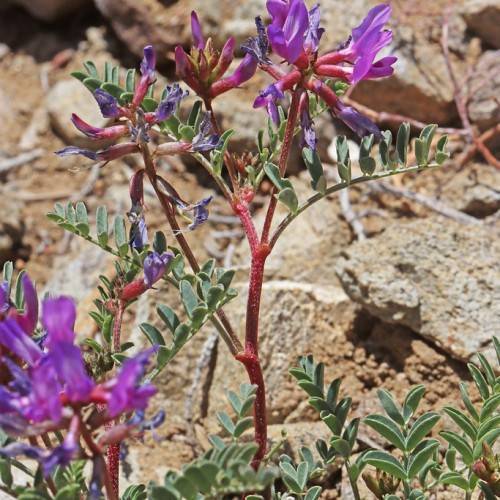
Freckled Milk Vetch
Astragalus lentiginosus
Also Known As - Mottled Milk VetchWatering:
Average
Hardiness Zone:
Flowers:
Flowers
Sun:
Sun
Soil:
Sand
Fruits:
Fruits Ready In Fall
Leaf:
Yes
Growth Rate:
Low
Drought Tolerant:
Yes
Salt Tolerant:
Yes
watering
Freckled Milk Vetch is a hardy perennial plant that requires well-draining, light to medium soils. It prefers full sun, and its native habitat is dry plains, open woods, and hillsides from southern Canada to Texas. Watering for this plant species should be conducted twice a week. The soil should be evenly moist, but not soggy or waterlogged. During periods of extreme heat (e.g., during the summer), water the plant 3 times a week. Additionally, reduce the frequency of watering in the winter months when the plant is dormant.
sunlight
Freckled Milk Vetch (Astragalus lentiginosus) is best suited for full sun or very light shade. The plants prefer 6 or more hours of direct sunlight each day, and if shaded by trees or buildings will not grow very well. Water requirements are low, and they prefer sandy or gravel-rich soils. This plant species is very tolerant of high temperatures and drought, but growth and flowering are encouraged with regular watering during periods of dry summer weather.
pruning
Freckled Milk Vetch should be pruned lightly in early spring, before new growth begins. This will help promote bushiness and prevent the plant from becoming leggy. In late winter, remove any dead or damaged stems to make room for new spring growth. Lightly trim any overly long stems to encourage bushier growth. It is not necessary to prune for shape or size, as this plant tends to maintain its natural clumping habit without much intervention.
